 |
|
User Demographics by Judy Jackson
Alabama sends three; Poland four. Two hundred and thirty four come from Italy, 63 from Pennsylvania and 150 from California. There's one apiece from Ecuador, Slovakia and Turkey. Russia and New York are about equal, with 185 and 171, respectively.
As Run II begins in the spring of 2001, Fermilab's users come to Batavia from universities and laboratories the world over to work on experiments at the energy frontier. Of the total number of 2,528 users, 1,579 come from 100 institutions in 34 states. The remaining 949 are from 104 foreign institutions in 26 countries. Interestingly, however, the number of foreign nationalsˇ1,368ˇamong Fermilab experimenters exceeds the number of U.S. collaborators at the laboratory, since many U.S. university physics departments and labs include non-U.S. physicists. At 557, the number of graduate students makes up about 22 percent of the total user community.
Not surprisingly, the collider detector experiments have the largest collaborations, with 599 experimenters from 69 universities and labs at DZero, and 578 from 54 institutions at CDF.
When you do this kind of work, you do it for yourself. Something happens inside youˇcall it the holy fire of physics, the need to know how the universe works. It's been that way for me since I was six or seven years old. I really could not do anything else but satisfy my curiosity to understand how Mother Nature works.
The next ten to fifteen years are mapped out, and the accelerators are being built. From the physics viewpoint, we have some idea what we might find. When we get to the next generation of experiments, we will either learn that discoveries that integrate our understanding of physics are right around the corner, or we will learn that these discoveries are many orders of magnitude farther away. I'm working on the CDF supersymmetry group, and I think there is a fair chance that we will see signs of something.
My personal goal is to learn more about the top quark in Run II. I believe we will see a revolution in our understanding of particle structure.
baseline subtraction card
I hope to find supersymmetry, to explain the laws of nature by fundamental supersymmetric particles. If these particles exist, we should be able to see them in Run IIa.
I always wanted to be a scientist; I just wasn't sure what kind. Now, it seems to me that my dream is happening exactly the way I hoped. As particle physicists, we are the equivalent of the natural philosophers, trying to find how things are made, to discover new things about the universe. As particle physics goes to higher and higher energy, we get closer and closer to the beginning of the universe. Somehow, our particle physics theory has to include gravity. I also think in terms of faith and God, but I am human, so I use the tools I have to understand reality.
The questions we are trying to answer are very interesting. In the next few years, we will understand mass a lot betterˇboth for neutrinos and the Higgs, whether that's the right mechanism. In the years ahead, we are bound to find surprises. The things we learn play a role in other aspects of physics. They inform cosmology and our understanding of the universe. We may find particles that tell us about dark matter. It's sort of amazing that human beings can ponder these things at all.
Physics gives us the opportunity to think about how nature works. I like spending time on doing things, getting to the bottom of nature. We have a global picture in mind, but we go back to work on our little piece of the puzzle. The big picture is too big for any one person. It's a privilege to be able to participate in this effort.
Now we want the Higgs, the missing piece. I believe it will be found in the next few years, either at Fermilab or at CERN. It really doesn't matter. We are moving toward a cross-fertilization with astrophysics. That interests me both because of the common techniques that we can use, and because it is a completely new world, a different philosophical approach.
Fermilab Users by the Numbers
DOMESTIC
100 Institutions, 34 States
Top 10
(Other than Fermilab, 308)
University of Rochester ................ 57
Lawrence Berkeley National Laboratory ...56
University of Michigan, Ann Arbor .......49
Harvard University ......................36
University of Illinois, Urbana-Champaign 33
University of Pennsylvania ..............33
Michigan State University ...............32
University of Chicago ...................31
Argonne National Laboratory .............30
Purdue University .......................29
By State:
Alabama 3; Arizona 21; California 150; Colorado 9; Connecticut 15; Florida 32, Georgia 2; Hawaii 7; Illinois 467; Indiana 74; Iowa 20; Kansas 14; Louisiana 10; Maryland 27; Massachusetts 101; Michigan 84; Minnesota 28; Nebraska 3; New Jersey 25; New Mexico 41; New York 171; North Carolina 23; Ohio 13; Oklahoma 10; Oregon 4; Pennsylvania 63; Puerto Rico 9; Rhode Island 19; South Carolina 5; Tennessee 15; Texas 68; Virginia 18; Washington 11; Wisconsin 17.
INTERNATIONAL
104 Institutions, 25 Countries
Top 11
IHEP, Protvino, Russia 62
University of Pisa, Italy 60
JINR, Dubna, Russia 42
University of Tsukuba, Japan 39
ITEP, Moscow, Russia 33
CDPF Brazil, 27
University of Pavia, Italy 26
University of Padova, Italy 24
CEA-Saclay, France 23
PNPI, St. Petersburg, Russia 22
INFN Frascati, Italy 22
By Country:
Argentina 6; Brazil 40; Canada 19; Colombia 11; Czech Republic 6; Ecuador 1; France 53; Germany 24; Greece 4; India 24; Israel 4; Italy 234; Japan 109; Mexico 20; Peoples Republic of China 38; Poland 4; Russia 185; Slovakia 1; South Korea 27; Spain 8; Sweden 13; Switzerland 12; Taiwan 20; The Netherlands 8; Turkey 1; United Kingdom 77.
|
| last modified 6/4/2001 by C. Hebert email Fermilab |
FRLsDFx9eyfrPXgV
 Daniele Pedrini, Istituto Nazionale di Fisica Nucleare, BTeV, with daily log book
Daniele Pedrini, Istituto Nazionale di Fisica Nucleare, BTeV, with daily log book
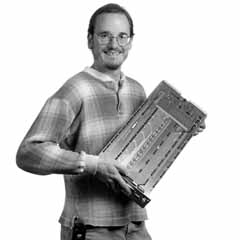 Matt Herndon, The Johns Hopkins University, CDF,
Matt Herndon, The Johns Hopkins University, CDF,
 Bassar Sabirov, Dubna, DZero,
Bassar Sabirov, Dubna, DZero, 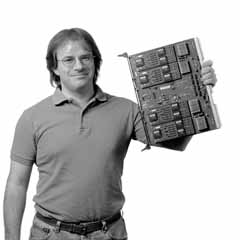 Laurent Duflot, Orsay, DZero, with a calorimeter
Laurent Duflot, Orsay, DZero, with a calorimeter
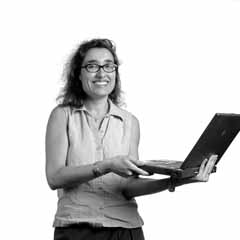 Simona Rolli, Tufts University, CDF,
Simona Rolli, Tufts University, CDF, 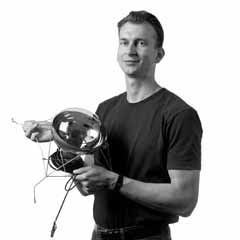 Andrew Bazarko, Princeton University, MiniBooNE,
Andrew Bazarko, Princeton University, MiniBooNE, 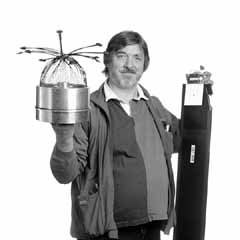 Giovanni Pauletta, University of Udine, CDF,
Giovanni Pauletta, University of Udine, CDF,
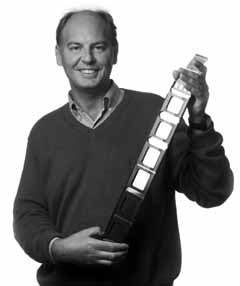 Giorgio Chiarelli, University of Pisa, CDF,
Giorgio Chiarelli, University of Pisa, CDF,